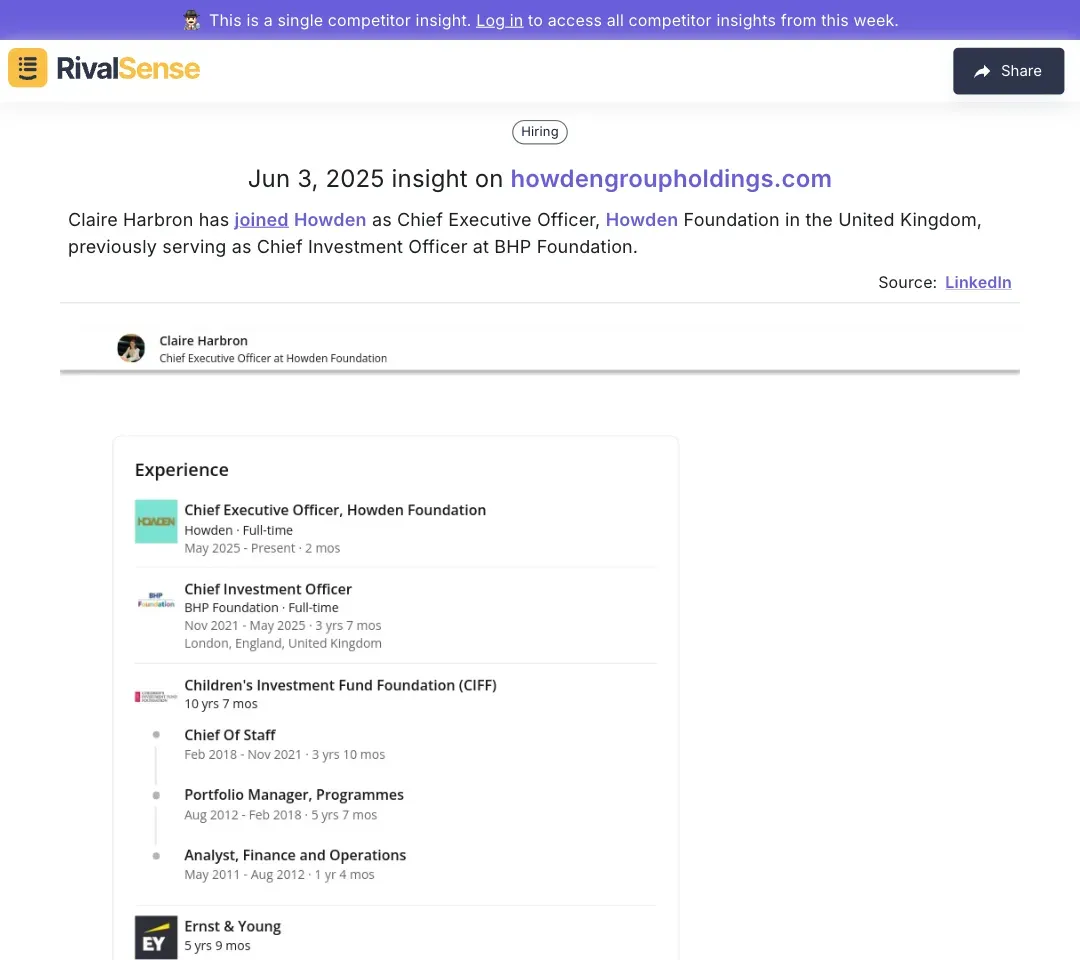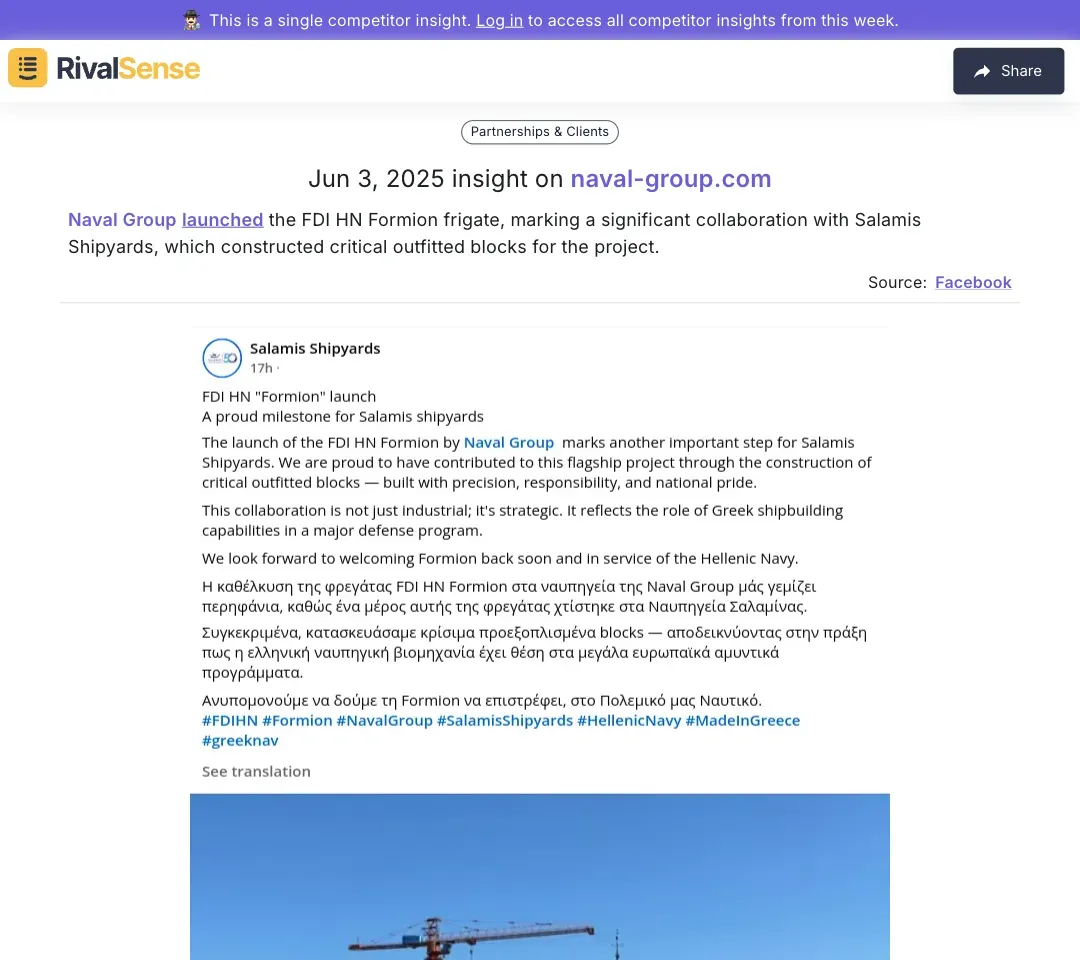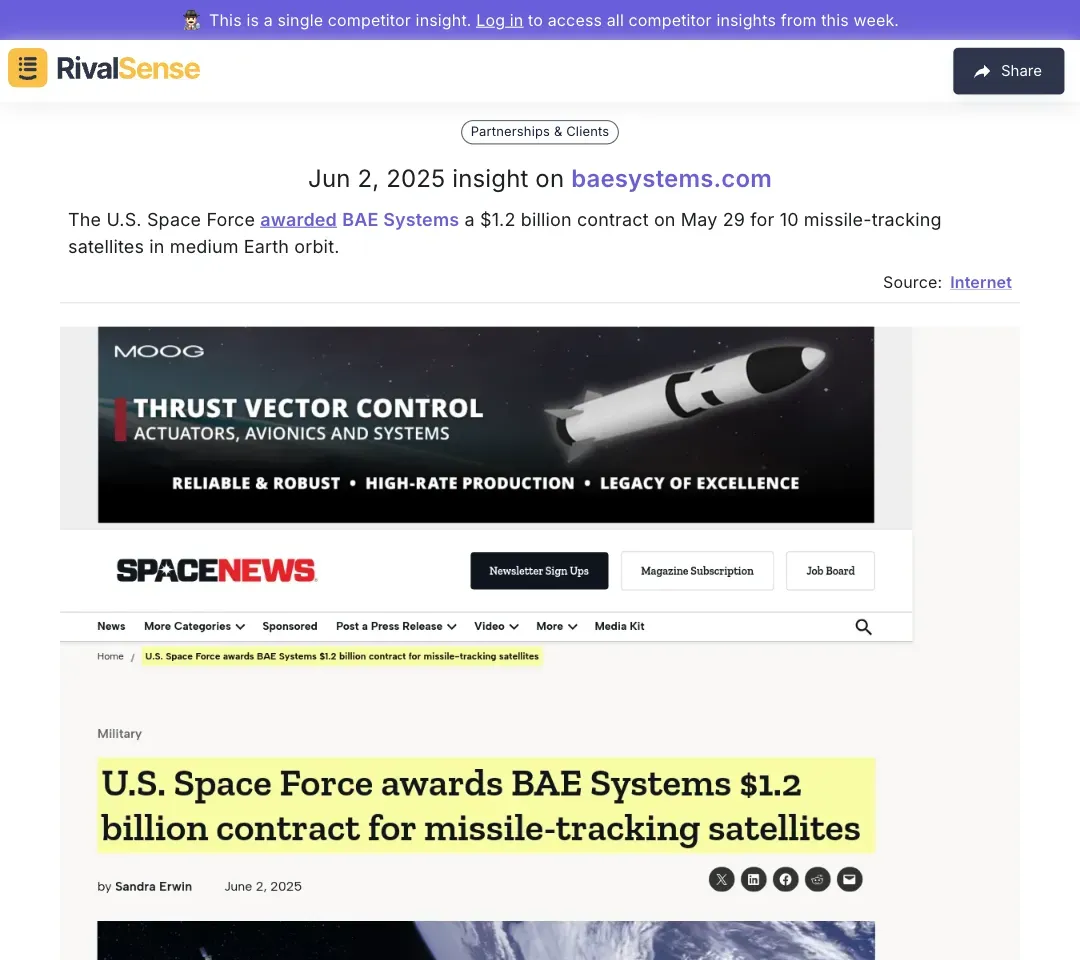Game Theory in Competitor Analysis: Anticipate Moves and Strategize Like a Pro
In the competitive landscape of business, understanding your rivals' moves can be as strategic as a game of chess. Game theory, a mathematical framework for analyzing strategic interactions among rational decision-makers, offers profound insights into competitor analysis. By applying game theory principles, businesses can anticipate competitors' actions, strategize responses, and maintain a competitive edge. This blog post explores how game theory can enhance competitor analysis and how tools like RivalSense provide the necessary intelligence to stay ahead.
Understanding Game Theory in Competitor Analysis
Game theory examines how players (in this case, businesses) make decisions that affect each other. It considers various strategies, payoffs, and the interdependence of actions. In competitor analysis, game theory helps predict how rivals might react to your moves, such as a product launch or a price change, and vice versa. This predictive capability transforms reactive strategies into proactive competitive advantages.
For example, consider the classic "Prisoner's Dilemma," where two competitors must decide whether to cooperate or compete. If both lower prices, they might enter a price war, hurting profits. However, if one maintains high prices while the other lowers them, the latter gains market share. Understanding these dynamics through game theory lenses enables data-driven strategic planning rather than guesswork.
Key Concepts of Game Theory in Business
-
Nash Equilibrium: A situation where no player can benefit by unilaterally changing their strategy. In business, this could mean a stable market state where competitors' strategies are balanced. Recognizing equilibrium points helps avoid destabilizing actions that could trigger retaliation.
-
Zero-Sum Games: Scenarios where one player's gain is another's loss. For instance, in markets with fixed demand, customer acquisition directly impacts rivals. Identifying zero-sum dynamics helps prioritize competitive battlegrounds.
-
Sequential Games: Actions occur in sequence with observable prior moves. Common in product launches or campaigns, this concept emphasizes timing and information asymmetry in strategic decisions.
Applying Game Theory with RivalSense
RivalSense provides real-time intelligence to operationalize game theory principles. By tracking critical competitor activities across multiple dimensions, it delivers actionable insights for strategic decision-making. Here's how specific data types align with game theory frameworks:
-
Tracking Product Launches/Updates: Monitoring competitors' innovations helps anticipate strategic shifts. Early alerts allow you to model responses using game theory matrices before committing resources.
-
Pricing Updates: Real-time price tracking illuminates competitors' market positioning. This data helps evaluate whether to match discounts (cooperate) or differentiate (compete), avoiding mutually destructive Nash disequilibrium.
-
Event Participations and Partnerships: Alliance formations signal strategic intentions. Game theory helps assess whether to counter with competing partnerships or seek cooperative synergies.
-
Regulatory and Management Changes: Leadership shifts often precede strategy pivots. Tracking these changes provides early warnings to adjust your tactical approach.
-
Media Mentions and Social Media: Sentiment analysis reveals reputation vulnerabilities. This intelligence helps time competitive moves when rivals are perceptionally disadvantaged.
Real-World RivalSense Insights: Game Theory in Action
These recent examples demonstrate how concrete intelligence informs strategic gameplay. Each insight represents a competitive move requiring analysis through game theory frameworks:
-
Executive Appointments Signal Strategic Shifts

Claire Harbron joined Howden as CEO of Howden Foundation, transitioning from Chief Investment Officer at BHP Foundation.
Why it matters: Leadership changes often precede strategic pivots. Tracking these helps anticipate new market entries or priority shifts, allowing you to reinforce defenses or exploit transitional vulnerabilities. -
Product Launches Reveal Competitive Posturing

Naval Group launched the FDI HN frigate through collaboration with Salamis Shipyards.
Why it matters: Joint product developments indicate capability expansion. This signals increased competitive intensity in naval tech, prompting rivals to accelerate R&D or seek counter-alliances using sequential game strategies. -
Major Contracts Alter Market Power Dynamics

BAE Systems secured a $1.2B U.S. Space Force contract for missile-tracking satellites.
Why it matters: Large contract wins redistribute resources and credibility. Such events create power imbalances requiring game theory analysis—should competitors counter-bid more aggressively, diversify offerings, or form consortia?
Conclusion
Game theory transforms competitor analysis from speculation to strategic science. By modeling interactions as interdependent games, businesses can predict responses and optimize moves. RivalSense operationalizes this approach by delivering timely intelligence on product launches, pricing shifts, leadership changes, partnerships, and regulatory developments through automated weekly reports.
Try RivalSense for free to receive your first competitor intelligence report today. Gain the insights needed to navigate business dynamics like a grandmaster—anticipating moves, countering strategically, and maintaining competitive advantage in your market's ever-evolving game.
📚 Read more
👉 Real World Competitor Analysis Walkthrough
👉 Decoding WTW's Strategic Shift: From ESG to Sustainability Focus
👉 Decoding Competitor Moves: Guesty's Expansion and Strategic Hiring
👉 Decoding Competitor Moves: How Zip's 2025 Procurement Strategy Can Inform Your AI Readiness
👉 Revolutionize Your Strategy: AI-Powered Competitor Analysis with RivalSense
